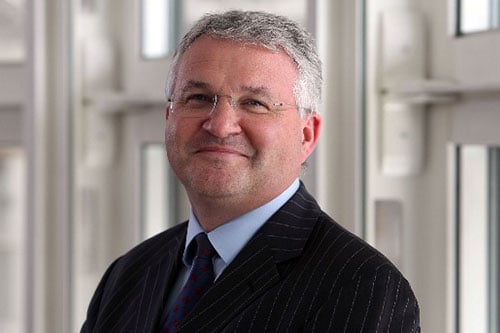

Amid the prevailing soft reinsurance market, and escalating catastrophe losses linked with climate change, the industry must make several adjustments and improve its adoption of technology, according to an expert.
Insurance Business spoke with Dermot Dick (pictured), head of treaty production at Lloyd’s re/insurance brokerage New Dawn Risk on the various trends and issues faced by the treaty reinsurance market today.
“There is a definite need to clear the air and help blow away the wreckage caused by the longest soft market in living memory,” he said. “The industry needs to get its pricing and coverage right to preserve its ability to trade forward, make itself more accessible to clients, and provide the support that they need.”
According to Dick, the belated market capacity and pricing correction encountered by the market is currently nothing more than a stiff breeze.
However, he noted that the Decile 10 initiative at Lloyd’s, as well as similar exercises by the major players, have started to take effect.
“The recent MS Amlin announcement that they are withdrawing from nine business classes is striking,” he said. “It seems that these winds will strengthen and may well become storm force shortly.”
“The market needs to put re/insurance buyers at the centre of its thinking,” he added. “We must persuade them that the market can deal with their existing and emerging risks, as well as improve our service to them through the adoption of technology and product innovation.”
Adapting to climate change-caused upheavals
“Even before the devastation wreaked by Typhoon Hagibis, cat losses in Japan have been the biggest story in the region, ahead of the ‘loss creep’ associated with them, being the second,” Dick said.
This, he added, serves as a timely reminder that outside of the US and the Caribbean, Asia is the region that is most vulnerable to nat cat exposures. As climate change accelerates, there is an increased frequency and severity of weather losses. This means that the industry is entering uncharted territory, and issues around modelling, pricing and how best to close the protection gap must be addressed.
“Micro-insurance and reinsurance is an obvious way forward but seems to get mired in regional politics,” he said. “Schemes similar to the Caribbean Catastrophe Risk Insurance Facility (CCRIF) could offer a partial answer to the smaller cat exposed countries.”
This scheme was developed under the technical leadership of the World Bank and with a grant from the Government of Japan.
CCRIF, he said, is a type of parametric insurance that is designed to make immediate injections of money in the wake of a catastrophe. In the aftermath of Hurricane Dorian in August, the CCRIF paid out more than US$12 million.
The CCRIF’s funds are deployed within two weeks of a disaster and are not based on after-the-fact damage assessments – which can take months – but instead, rely on metrics predetermined by a country’s particular risk. This makes a real difference in addressing the most immediate needs of disaster relief, he said.
Technological advances
According to Dick, technology is the key to generating value through cost reductions, process efficiencies and dramatic changes to the customer experience, which together will deliver future sustainable growth.
“Lloyd’s recently announced Blueprint One shows the potential effect of digitalization, in particular in the claims payment area,” he said. “The plethora of fintech development hubs in the region – most notably in Singapore – shows that a huge amount of technology-based solutions to market issues and opportunities are being worked on.”
He said that while the re/insurance industry has seen a number of false starts when it comes to technology, it has now reached the point where it is innovate or die – those who choose not to get on the insurtech bandwagon will simply be left behind.
Moving forward, Dick said that New Dawn Risk already has a presence in the Asian regional treaty market, mainly in the casualty space, and is looking to expand further.
“We are looking to grow with our existing clients into other areas of their reinsurance programmes and to add new clients to our roster,” he said. “The spate of consolidation among the larger brokers at the top end of the market has shaken up the market. As a result we are seeing that there is a clear and increasing appetite from a number of cedants in receiving a bespoke service from a nimble, independent broker.”
